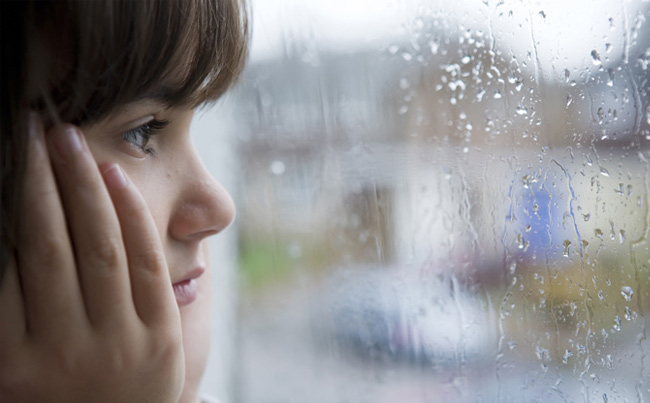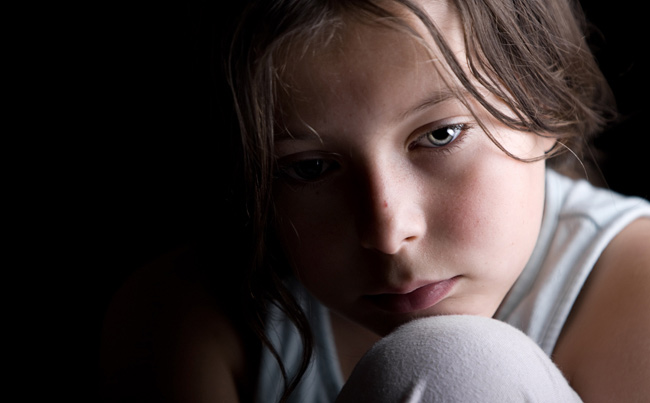Lyme Disease
Lyme Disease
Adolescents and Lyme disease
Only a handful of physicians treat children and adolescents
Incidence of Lyme disease is growing
Each year, the CDC estimates that around 476,000 people in the U.S. are diagnosed with Lyme disease, 25% of those are children.

Lyme disease difficult to diagnose in children
Because of the amount of time spent outdoors, children are particularly vulnerable to becoming infected with the Lyme bacterium. The disease can be difficult to recognize in children. There’s no medical baseline to compare symptoms with in young children. They frequently become ill with viruses and infections as their immune systems develop, and as a result the disease manifestations can be missed. Young children may have difficulty describing their symptoms. Behavioral symptoms in adolescents may be attributed to puberty and ignored.
Typically, the majority of children and adolescents suffering with Lyme disease will complain of unrelenting fatigue, an inability to engage in activities they once enjoyed and experience a decline in school performance.
The most common symptoms include gastrointestinal problems, headaches, fatigue, sleep disturbances, joint and muscle pain, poor concentration, inability to focus, mood swings, sudden behavioral changes, vocal and/or motor tics, light and/or sound sensitivity, and new onset of anxiety disorders.
It’s important to note that younger children may not volunteer the information or recognize these symptoms. So, clinicians will need to carefully obtain a detailed history.
Misdiagnosis of Lyme disease is common
Children and adolescents have been misdiagnosed with a range of disorders including Attention Deficit/Hyperactivity Disorder (ADHD), Oppositional Defiant Disorder (ODD), Obsessive Compulsive Disorder (OCD), and Tourettes.
Parents and clinicians can mistakenly blame psychiatric or behavioral symptoms, such as sleep disturbances or emotional outbursts on the child’s developmental stage. Fatigue, lethargy and changes in mood in adolescents may be attributed to growth spurts, mono, depression, or even substance abuse.

One study found 14% of 86 children had neurocognitive symptoms associated with or after the classic manifestations of Lyme disease on follow-up 1. Five of these children developed “behavioral changes, forgetfulness, declining school performance, headache or fatigue and in two cases, a partial complex seizure disorder”. 1
A second study described children with prior cranial nerve palsy having significantly more behavioral changes, arthralgias and myalgias and memory problems an average of 4 years after treatment, compared to controls 2.
Unfortunately, there has been minimal research conducted, despite the high risk and high rate of infection among children and adolescents. The long-term treatment outcomes in children need to be studied.
- B. J. Bloom, P. M. Wyckoff, H. C. Meissner, and A. C. Steere, “Neurocognitive abnormalities in children after classic manifestations of Lyme disease,” Pediatric Infectious Disease Journal, vol. 17, no. 3, pp. 189–196, 1998.
- M. Vázquez, S. S. Sparrow, and E. D. Shapiro, “Long-term neuropsychologic and health outcomes of children with facial nerve palsy attributable to Lyme disease,” Pediatrics, vol. 112, no. 2, pp. e93–e97, 2003.
More About Lyme Disease
Learn More
Learn More
Learn More



